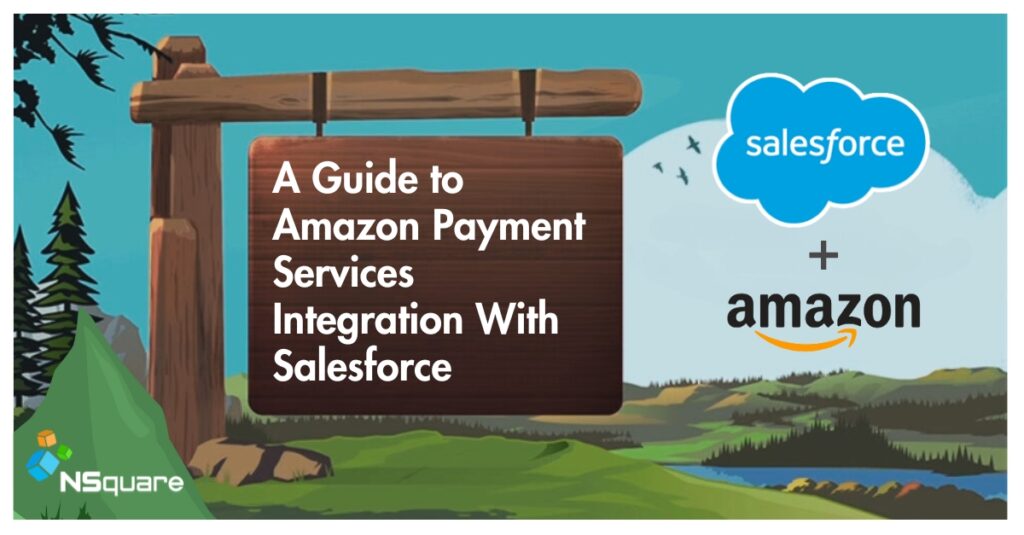
Integration of Amazon Payment Services with Salesforce
Amazon Payment Services provides a convenient and secure way to process payments in your Salesforce environment. By integrating Amazon Payment Services with Salesforce, you can offer customers a seamless payment experience while leveraging the power of Salesforce’s ecosystem. Below is a step-by-step guide to integrating Amazon Payment Services with Salesforce.
Step-by-Step Integration Guide
Step 1: Sign Up for Amazon Payment Services Sign up for an Amazon Payments Services account. You will need to go through the registration process and obtain the necessary credentials to integrate with your Salesforce instance.
Step 2: Obtain API Credentials Once you have signed up for Amazon Payment Services, obtain the API credentials required for integration. This typically includes API keys, merchant IDs, Signature and other authentication details provided by Amazon Payment Services.
Step 3: Set Up Remote Site Settings in Salesforce In Remote Site Settings. Add the endpoint URLs provided by Amazon Payment Services to allow Salesforce to communicate with their APIs securely.
Step 4: Create Custom Objects or Fields Depending on your requirements, create custom objects or fields in Salesforce to store payment-related information such as transaction details, customer data, and payment statuses.
Step 5: Write a Apex Classes for Sending http Request Write Apex classes to handle communication between Salesforce and Amazon Payment Services. These classes will utilize the Amazon Payment Services APIs to initiate transactions, handle responses, and update Salesforce records accordingly.
Step 6: Implement Lightning Web Components Create Lightning Web Components (LWC) to build the user interface for initiating payments within Salesforce. You can design these components to collect payment information from users and trigger the payment process using the Apex classes developed in the previous step.
Step 7: Configure Payment Workflows Define payment workflows within Salesforce to automate processes such as order creation, payment confirmation, and transaction reconciliation. Customize Salesforce workflows, process builder, or flows to streamline the payment lifecycle based on your business requirements.
Step 8: Test Integration and Error Handling Thoroughly test the integration between Salesforce and Amazon Payment Services And Validate various scenarios such as successful payments, failed transactions, and error handling mechanisms to ensure reliability and data integrity.
Benefits of Integrating Amazon Payment Services with Salesforce:
Enhanced Payment Experience: Simplify the payment process for customers, making transactions smoother and convenient payment process, enhancing overall customer satisfaction.
Easy Integration with Salesforce: Connect Amazon Payment Services smoothly with Salesforce, making it simple to manage payments and customer data all in one place.
Security and Compliance: Amazon Payment Services follows strict rules to keep payment information safe and meet legal requirements, ensuring customers' data is protected. Maintaining compliance with industry regulations and protecting customer data.
Versatility: Amazon Payment Services supports a wide range of payment methods, including credit cards, digital wallets, and more, offering customers flexibility and convenience during the checkout process.
Conclusion:
Integrate Amazon Payment Services with Salesforce to enable seamless payment processing within your Salesforce environment and elevate the customer experience. This integration not only improves operational efficiency but also strengthens customer trust and loyalty, ultimately contributing to the growth and success of the business.
Let's talk
Leave your details and one of our experts will contact you!





